
Lewis Chessmen are a unique set of chess pieces found on Isle of Lewis
This paper summarises on-going work to examine the surface condition of the 11 chess pieces in the collection of the National Museums Scotland. The chess pieces are part of the hoard found on the isle of Lewis on the west coast of Scotland and are remarkable examples of medieval ivory carving. The aim of the work is to characterise surface features that can be used to draw new information.

“Lewis Chessmen” National Museum Scotland Chess Set Chess Collecting
The story of the Lewis chessmen encompasses the whole history of the Vikings in the North Atlantic, from 793 to 1066, when the sea road connected places we think of as far apart and culturally distinct: Norway and Scotland, Ireland and Iceland, the Orkney Islands and Greenland, the Hebrides and Newfoundland.
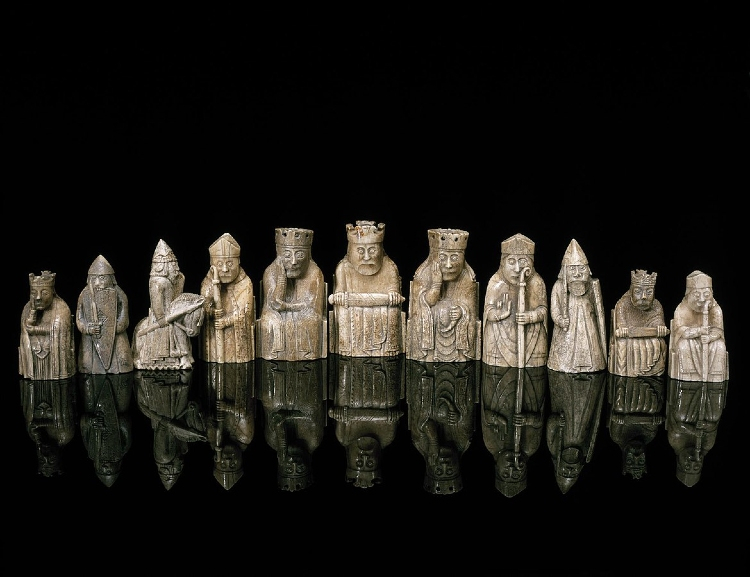
Lewis Chessmen History and Facts History Hit
Dating to the 12th or 13th centuries, the Lewis Chessmen are one of the most significant archaeological discoveries ever made in Scotland. We bring you a taster of some of the intricate walrus ivory and whale bone pieces currently on display at the National Museum of Scotland in Edinburgh Published: August 20, 2011 at 9:30 AM
Lewis Chessmen, 12 century. Found in Scotland, made probably in Norway. [2266x2160] r/ArtefactPorn
The Isle of Lewis was the most densely populated Viking colony in the west of Scotland. The number of Scandinavian village names are evidence of many Viking settlements - 99 out of 126 still exist today. In 1831 a great hoard of chessmen was found in a stone cist on the beach at Uig. There were at least 93 pieces, skilfully formed from walrus.
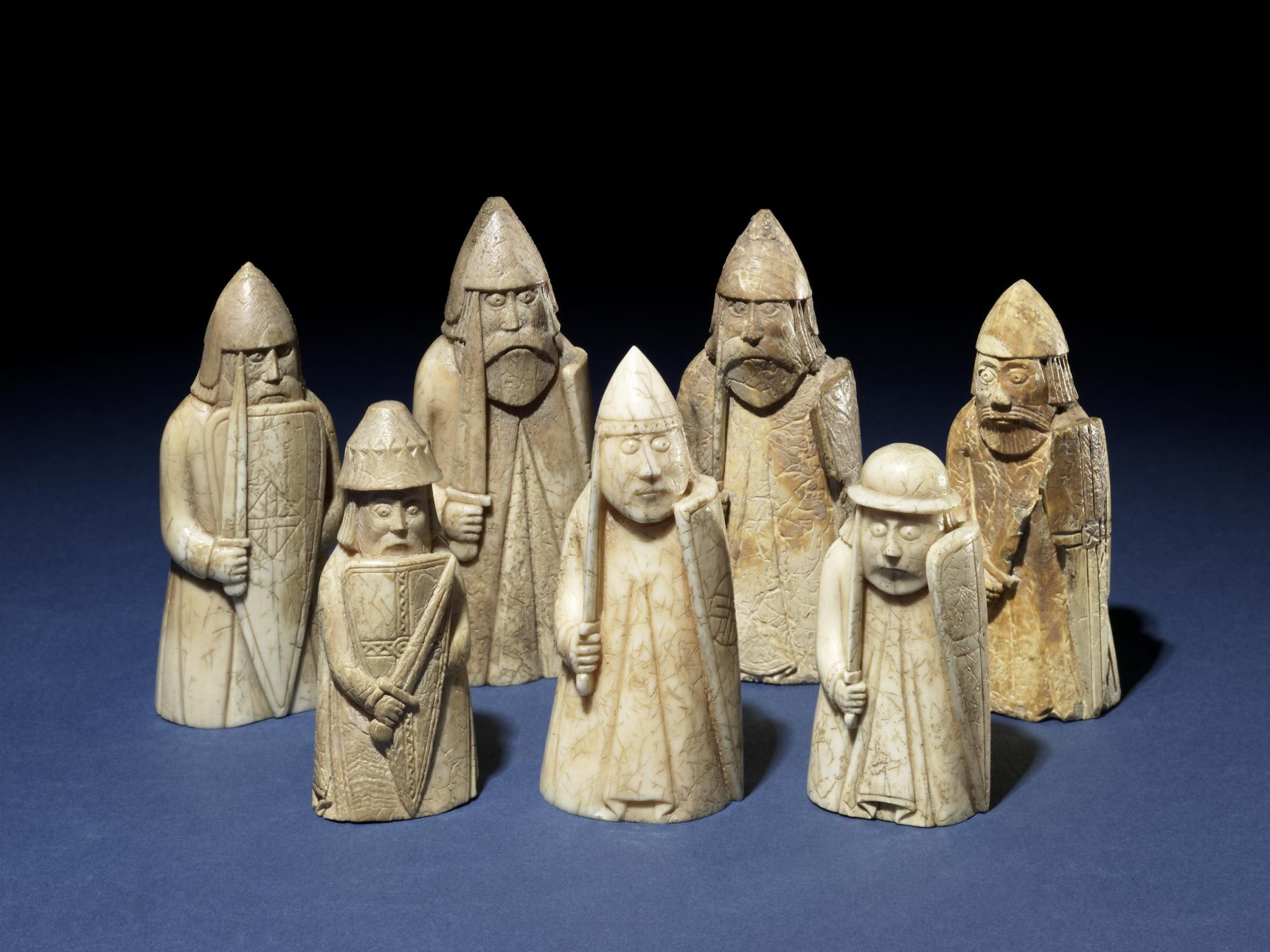
Lewis Chessmen Gallery Comann Eachdraichd Uig
The Lewis Chessmen are the most famous and important chess pieces in history. They have a long historical and scholarly record, part of which is that they were made in Norway roughly 800 years.

The Lewis Chessmen at the National Museum of Scotland in Edinburgh... National museum, Museum
Five chess pieces vanished in Europe. The remaining pieces are the Lewis chessmen, carved in walrus ivory in the 1100s. Most are artifacts in the British Museum. Now one of the missing pieces.
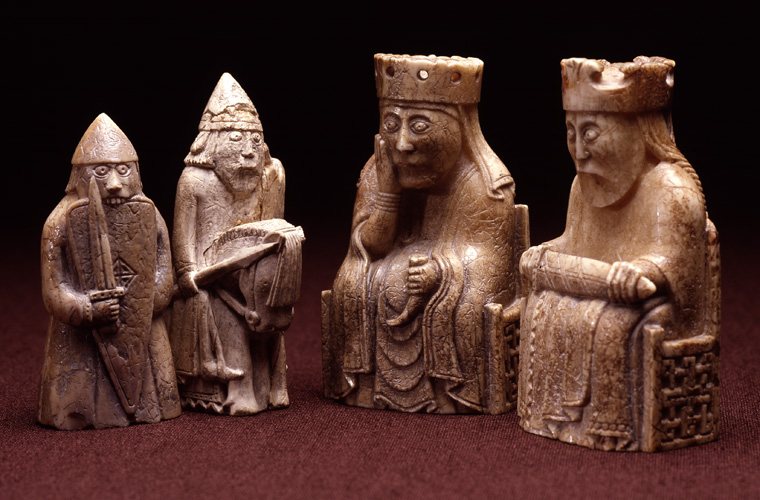
The Lewis Chessmen Vikingeskibsmuseet Roskilde
The Lewis Chessmen (or Uig Chessmen if you are from the West Side of the island) are among the best loved archaeological treasures in Britain. Copies have long been popular among chess players, giant carvings dot the landscape throughout Lewis, but their global fame is in no small part due to being featured in a Harry Potter film! Discovery

“Lewis Chessmen” National Museum Scotland Chess Set Chess Collecting
Image 1 of 4 Hide image caption previous next The name rook comes from Persian word rukh, which means chariot, and was the original Indian form of the modern castle These chess pieces were found.

And the 11 Lewis Chessmen in the Museum of Scotland in Edinburgh. Ancient, British museum
The eleven chess pieces on display in the Museum of Scotland were part of a large hoard buried on Lewis. The hoard contained 93 gaming pieces in total, including from at least four chess sets as well as from other games. The chess pieces were probably made in the late 12th or early 13th century in Norway. The chess pieces in 3D
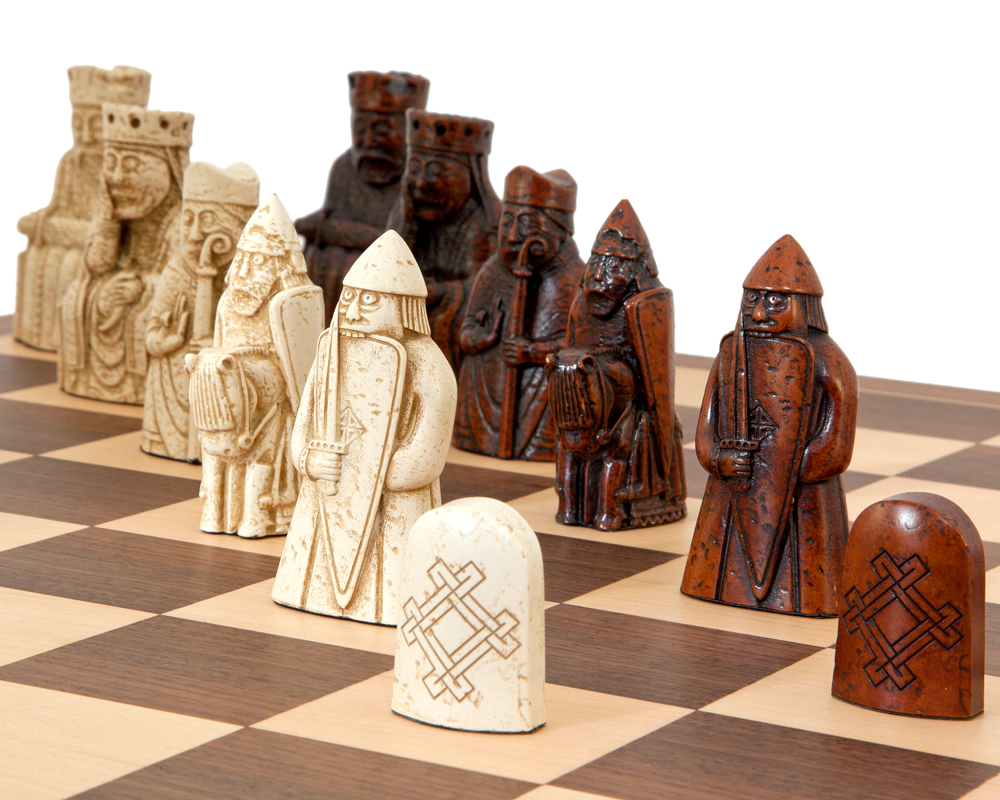
Isle Of Lewis Chessmen 3.25 By National Museums Scotland [NMS001] 210.00 Regency Chess
The Lewis Chessmen, or Uig Chessmen, [1] are 78 12th-century chess pieces, most of which are carved in walrus ivory. The hoard was discovered in 1831 on the Isle of Lewis in the Outer Hebrides, Scotland. [2] They may be some of the few complete, surviving medieval chess sets. [3] They are owned and exhibited by the British Museum in London.

Lewis chessmen scotland hires stock photography and images Alamy
The Lewis chessmen ( Scottish Gaelic: Fir-thàilisg Leòdhais [fiɾʲˈhaːlɪʃkʲ loː.ɪʃ]) or Uig chessmen, named after the island or the bay where they were found, [1] are a group of distinctive 12th-century chess pieces, along with other game pieces, most of which are carved from walrus ivory.

The Enduring Mystery of the Lewis Chessmen History in the Headlines
The Lewis Chessmen, among the most important game pieces ever carved, is a valued collection held in the British Museum. The pieces are called Uig because of where they were found: buried under 15 feet of sand at the head of Uig Bay on the Isle of Lewis in Scotland. Discovered in 1831, the hoard contains 93 pieces.

Official Isle Of Lewis Chess Set Scottish National Museum [NMS001] £169.59 Chess Sets UK
The famous Lewis Chessmen, now in the National Museum of Scotland in Edinburgh and the British Museum in London, are high-quality examples of the type of chessmen the Scandinavians produced. It is believed the Lewis Chessmen were made in Trondheim, Norway, sometime in the 12th century CE toward the close of the Viking Age.

National Museums Scotland Lewis Chess Set National Museums Scotland Shop
Lewis Chessmen Alternative Name Lewis Chess Pieces Timeline Medieval, Vikings Place Scotland, United Kingdom

“Lewis Chessmen” National Museum Scotland Chess Set Chess Collecting
The Lewis chessmen ( Scottish Gaelic: Fir-thàilisg Leòdhais [fiɾʲˈhaːlɪʃkʲ loː.ɪʃ]) or Uig chessmen, named after the island or the bay where they were found, are a group of distinctive 12th-century chess pieces, along with other game pieces, most of which are carved from walrus ivory.

Giant chessman on the Isle of Lewis, Scotland England and scotland, Places in scotland, Scotland
The Lewis Chessmen discovered on the Isle of Lewis were shown in Edinburgh, Scotland, in 1831 for the first time. Handcrafted from walrus tusks and whale teeth in the 12th century, these pieces have now become iconic representations of our lifelong passion for war games today. However, their origins are a matter of debate and speculation.